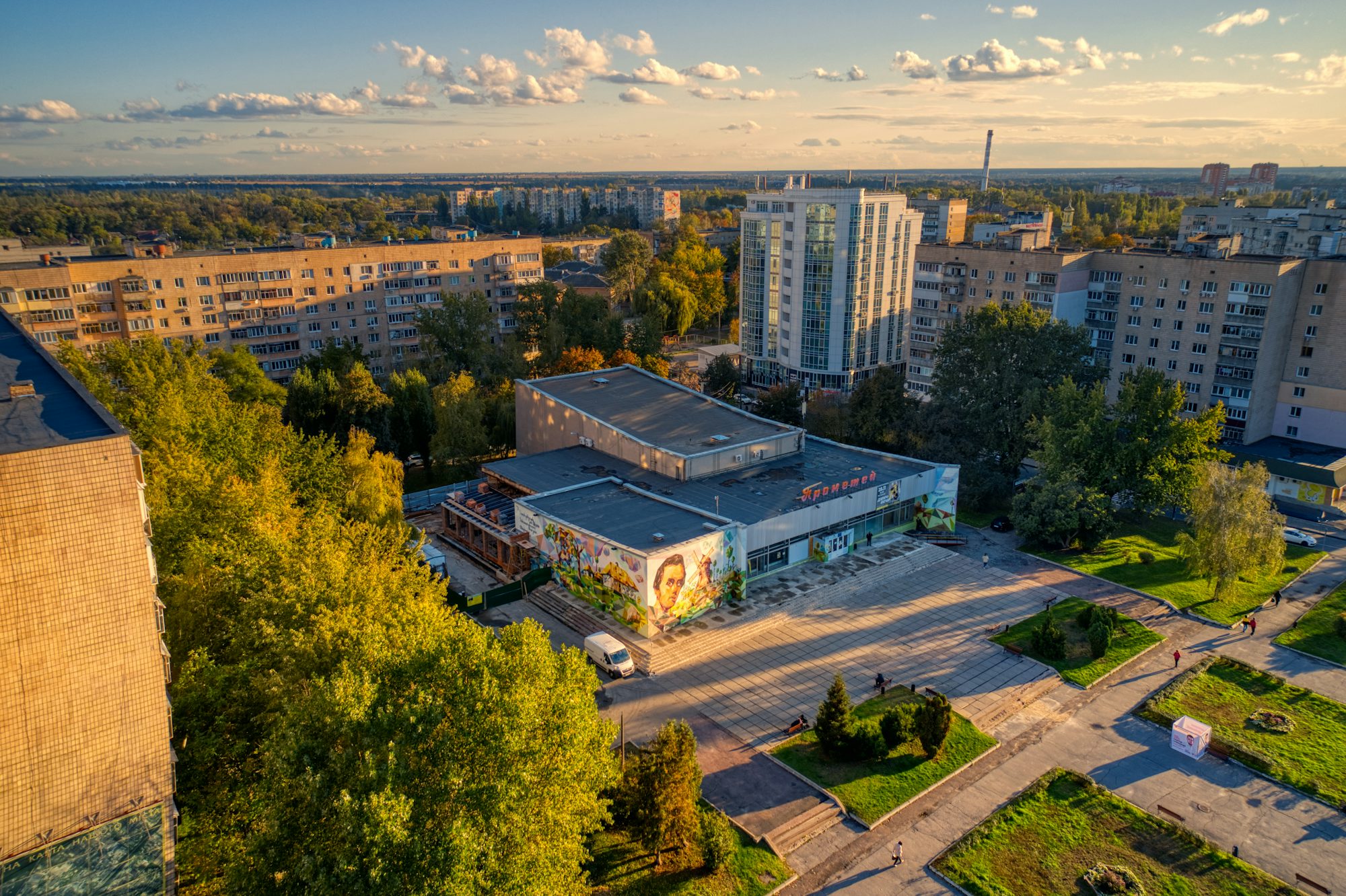Cinematic Landscapes: The Power of Setting in Film
This article explores how settings in films influence storytelling, character development, and audience engagement, highlighting iconic examples from various genres.
The concept of setting encompasses not only the physical location where a film takes place but also the time period and cultural context. A well-crafted setting can establish mood, create tension, and even serve as a character in its own right. For instance, the desolate landscapes in films like "The Revenant" enhance the themes of survival and isolation, immersing viewers in the protagonist’s struggle against nature. Similarly, the bustling streets of New York City in "Her" reflect the character's loneliness in a modern, interconnected world, illustrating how settings can mirror internal conflicts.
One of the most powerful aspects of setting is its ability to evoke specific emotions. Different environments can elicit feelings of warmth, nostalgia, fear, or discomfort. For example, the idyllic countryside in "The Sound of Music" creates a sense of joy and freedom, contrasting sharply with the oppressive atmosphere of the urban settings depicted in "Blade Runner." This juxtaposition highlights how filmmakers use settings to shape the emotional landscape of their narratives.
Historical settings, too, play a crucial role in storytelling. Films that transport audiences to different eras provide context for characters' actions and motivations. Movies like "Pride and Prejudice" or "Gladiator" immerse viewers in the customs, values, and challenges of their respective periods, enriching the narrative and deepening audience engagement. By establishing a historical context, filmmakers can explore timeless themes such as love, honor, and ambition in ways that resonate across generations.
In addition to historical settings, fantastical landscapes in science fiction and fantasy films create entirely new worlds for audiences to explore. Films like "Avatar" and "The Lord of the Rings" invite viewers into vividly imagined realms, complete with their own rules and cultures. These settings not only serve as a canvas for storytelling but also enhance the sense of wonder and escapism that cinema provides. The visual artistry involved in creating such landscapes captivates audiences and immerses them in the narrative, making the experience unforgettable.
Filmmakers often employ specific techniques to emphasize the importance of setting. Cinematography, for example, plays a crucial role in how locations are portrayed. Wide shots can capture the grandeur of a landscape, while close-ups can draw attention to intricate details that enhance the story. The use of color and lighting further contributes to the emotional impact of a setting. In "Moonlight," the vibrant colors of Miami serve not only as a backdrop but also reflect the protagonist's emotional journey, reinforcing the film's themes of identity and belonging.
Sound design also complements the setting, adding depth and atmosphere to the viewing experience. The sounds of a bustling city, the rustling of leaves in a forest, or the distant roar of an ocean can transport audiences to different environments, enhancing immersion. In films like "A Quiet Place," the absence of sound in certain settings heightens tension and underscores the characters’ vulnerability, demonstrating how sound and setting work in tandem to shape the narrative.
Moreover, the choice of setting can influence character development significantly. A character’s environment often reflects their inner struggles or aspirations. For instance, the cramped, cluttered apartment in "Frances Ha" mirrors the protagonist's chaotic life and her desire for artistic success. Conversely, the sprawling estates in films like "The Great Gatsby" symbolize wealth and the elusive nature of the American Dream, shaping the characters' relationships and ambitions.
In genre films, settings can also serve as conventions that guide audience expectations. Horror films, for instance, often utilize isolated or ominous locations—such as abandoned houses or eerie forests—to create a sense of dread and foreboding. Movies like "The Shining" and "A Nightmare on Elm Street" leverage their settings to amplify fear and suspense, drawing audiences into the psychological turmoil of the characters. In contrast, romantic comedies often feature vibrant, lively settings that evoke warmth and joy, helping to cultivate a lighthearted tone that enhances the narrative.
The impact of setting extends beyond individual films to influence entire genres and filmmaking trends. As filmmakers continue to explore innovative ways to depict settings, audiences can expect to see even more imaginative landscapes that push the boundaries of storytelling. The emergence of virtual reality and augmented reality technologies is set to revolutionize how settings are experienced, providing opportunities for more immersive and interactive cinematic experiences.
As we consider the profound influence of settings in cinema, it becomes clear that they are not merely passive backdrops but integral components of storytelling. The landscapes we see on screen shape our understanding of characters, evoke emotions, and immerse us in narratives that resonate deeply. By carefully crafting settings, filmmakers invite audiences to explore new worlds, reflect on their own experiences, and engage with timeless themes that transcend cultural boundaries. In this way, cinematic landscapes become gateways to empathy and understanding, enriching our appreciation of the art of storytelling.
In conclusion, the art of creating compelling settings in film is a testament to the power of cinema as a storytelling medium. Through thoughtful design, evocative cinematography, and immersive soundscapes, filmmakers transport us to a variety of worlds, each with its own unique atmosphere and emotional resonance. As cinema continues to evolve, the exploration of setting will undoubtedly remain a crucial aspect of filmmaking, offering endless possibilities for creative expression and audience engagement. From the quaint charm of small towns to the vastness of outer space, the landscapes of film invite us to embark on journeys of imagination, connecting us to stories that inspire, challenge, and entertain.